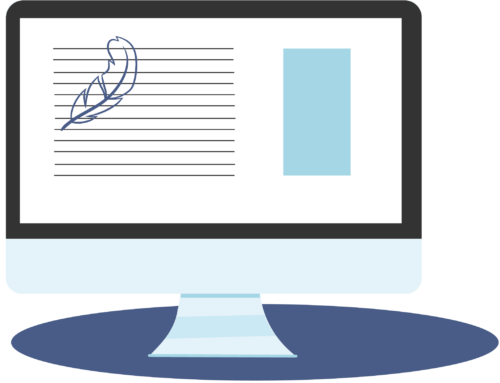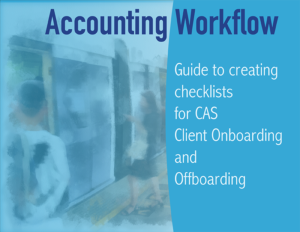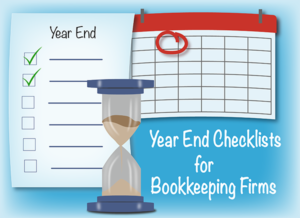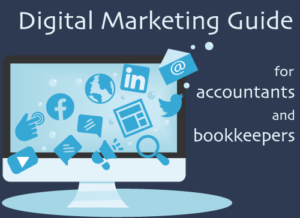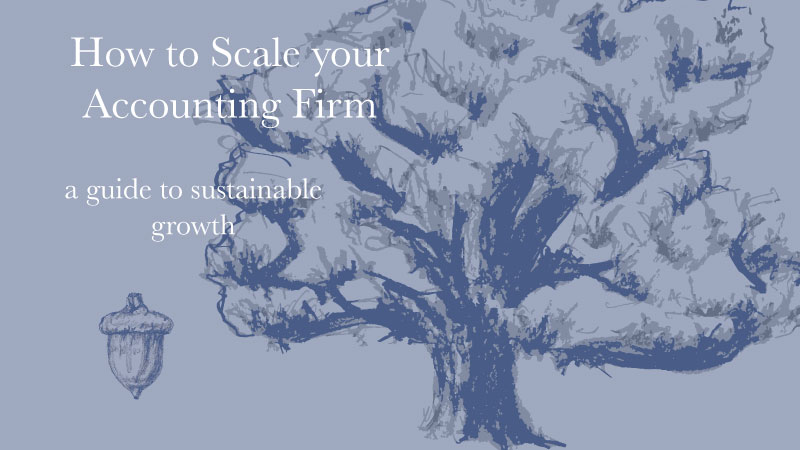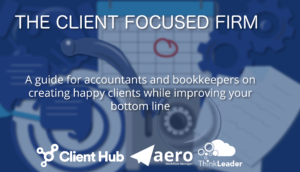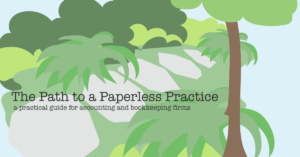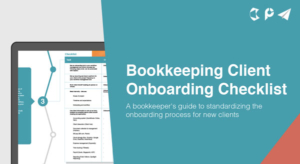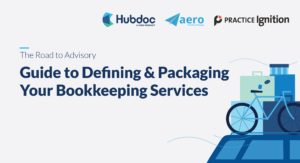If you’ve ever signed up for emails from a company or brand you love, you might be familiar with the concept of a newsletter. In the old days, this might have looked like a digest coming through the physical mail; now, updates from companies you’re interested in can come directly to your digital inbox.
After you build your contact list, you’ll need some content to keep subscribers engaged. This is where newsletter campaigns come in. Newsletters can include company news, advertisements for promotions and events, and links to the blog posts you’ve recently published on your website (we do this at Aero!).
Why we love newsletters
When it comes to digital marketing, the trick is always measuring the effectiveness of different tactics. With email marketing, however, it’s very easy to track open and clickthrough rates. This will also help you set future goals for your email marketing campaigns. While easy tracking might apply to all email campaigns, newsletters are an especially effective way to stay in contact with your customers. It’s your way to give your clients a consistent reminder that you’re here and your services are available. If you’re implementing links to blogs or other website content in your newsletters, you can drive traffic to your site and generate even more interest in your firm.
In addition, newsletters are also a more cost-effective form of marketing than buying ad space on Google or social media platforms. Even if you choose a costly email marketing software over a free one, the return on investment for email marketing (ROI) is generally pretty high.
What software to use
There are plenty of programs out there that can make email marketing a piece of cake. One of the most prominent software products on the market is Mailchimp, which has a building feature that makes creating aesthetically pleasing newsletters easy. Constant Contact and SendinBlue are also fantastic options. If you want to stick to something more familiar, the CRM you already use might include an email marketing service. Many CRMs, like Hubspot, allow you to do all your marketing work in one place.
Some strategies for effective newsletters
There are lots of little things you can do to make your newsletters more appealing and effective. For example, one small thing that makes a big difference is personalization. Even when you’re sending mass emails, subscribers still want to feel like it’s just for them. Research shows that open rates are much higher when emails are personalized, and most email marketing software makes adding names as simple as checking a box. You’ll also want to make sure that your newsletter is mobile-friendly. We’re on our phones a lot these days, after all, and sometimes we have to check out emails on the go. You don’t want a potential client to open your newsletter… and then immediately close it because they can’t even read it on their device!
One last word of advice: use A/B testing. What does that mean? A/B testing is when you send out multiple versions of the same email so that you can see which has a higher click-through rate. Still a little lost? If we were sending out a newsletter and we couldn’t decide whether to give it the subject line “May Newsletter” or “How To Implement a Value-Pricing Model at Your Firm”, we might send out two versions to see which title is getting more attention. This is an especially good strategy if you’re just getting started with email marketing.
Everyone loves staying up to date with the latest news from their favorite brands and companies. Using newsletters in your email marketing strategy can help foster loyalty to your firm and a stronger sense of community.

